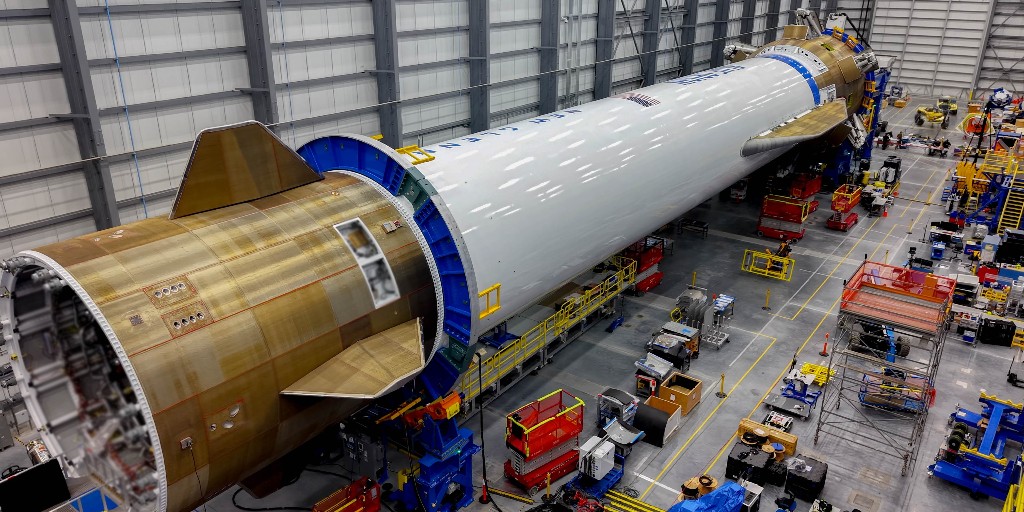
"The only comparison available is SpaceX, with its Falcon 9 rocket. The company made its first attempt at a powered descent of the Falcon 9 into the ocean during its sixth launch in September 2013. On the vehicle's ninth flight, it successfully made a controlled ocean landing. SpaceX made its first drone ship landing attempt in January 2015, a failure. Finally, on the vehicle's 20th launch, SpaceX successfully put the Falcon 9 down on land,"
"SpaceX did not attempt to land every one of these 23 flights, but the company certainly experienced a number of failures as it worked to safely bring back an orbital rocket onto a small platform out at sea. Blue Origin's engineers, some of whom worked at SpaceX at the time, have the benefit of those learnings. But it is still a very, very difficult thing to do on the second flight of a new rocket."
SpaceX's Falcon 9 required multiple attempts and many flights to achieve controlled ocean, land, and drone-ship recoveries, with key milestones occurring between the ninth and 23rd flights. Blue Origin's New Glenn aims for rapid reusability to reduce costs, but first-stage manufacturing exceeds $100 million, making reuse necessary for break-even. The New Glenn booster "Never Tell Me The Odds" is planned for refurbishment ahead of a third flight on a nominal 90-day timeline, yet historical refurbishments have taken much longer, with SpaceX's first reflown booster requiring 356 days.
Read at Ars Technica
Unable to calculate read time
Collection
[
|
...
]